
Interwoven on the long stretches of sand, where "the sand dunes are covered with the blazing midday sun of Quang Binh" (poem by To Huu), cactus not only has natural beauty but is also a symbol of the strong, enduring vitality of the people of the white sand region.
Growing from arid, water-deficient land, exposed to sun and wind all year round, cactus has become a familiar image associated with the lives of people in the coastal village of Quang Binh - both a green fence to block sand and a typical culinary ingredient.
Going back in time, not everyone knows that cactus soup was once a lifesaver for many families during difficult times. This dish has existed for a long time, often appearing in the meals of people in coastal villages, especially when the sea is low on fish.
Over the years, this rustic dish is not only associated with memories of making a living but also becomes a part of the culinary culture of the people of the coastal village of Quang Binh.
Returning from each trip to make a living at sea, when the boat is full of shrimp and fish, the fishermen know how to harmoniously combine the products that the sea and the mainland give.
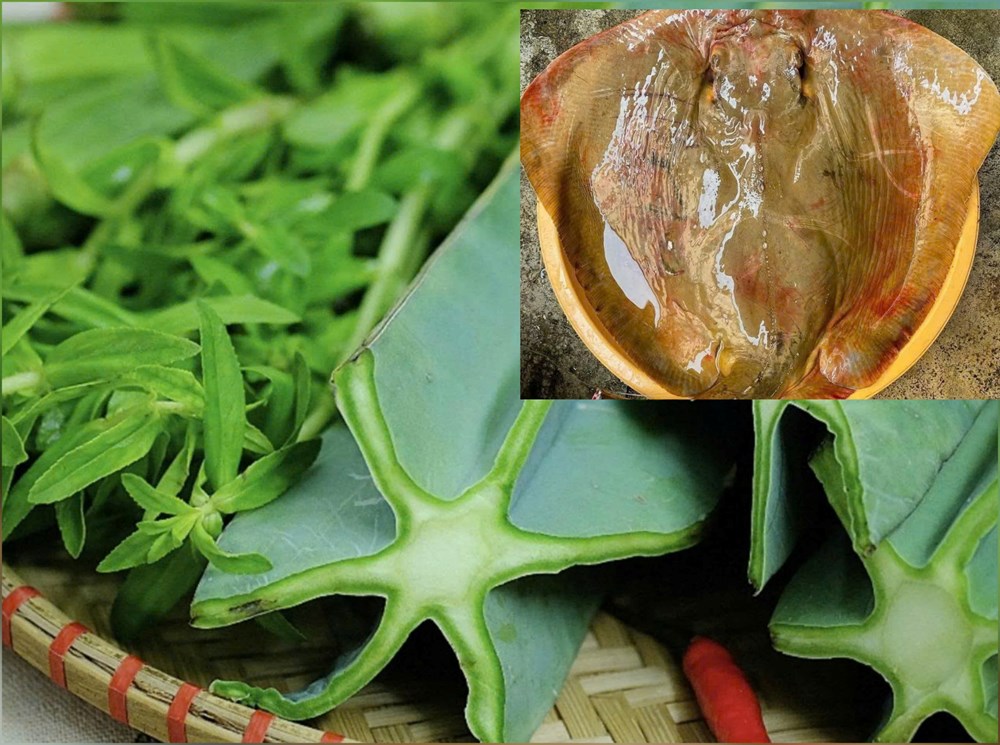
From seemingly simple ingredients, cactus from the garden, stingray from the ocean, through the skillful hands of the women of the coastal village, the stingray cactus soup was born. The dish carries the sweetness of the sea, the sour taste of cactus and the love of the people of the sandy land.
To cook delicious cactus soup, the selection of ingredients is extremely important. Only five-pointed cactus (also known as star cactus) can be used to prepare this dish.
The villagers have to get up early in the morning – before the sun rises – to pick the cactus. Because at this time, the cactus is still juicy and much cooler. After removing the thorns and peeling off the green skin, the young stem is sliced thinly and then blanched in boiling water to reduce the viscosity and sourness.
Stingray, a nutritious seafood, is carefully selected, cut into bite-sized pieces, marinated with spices and stir-fried before being combined with cactus. All are cooked together to create a soup with a light yellow color, a faint smell of the sea, rich but not fishy, cool but still full of flavor.
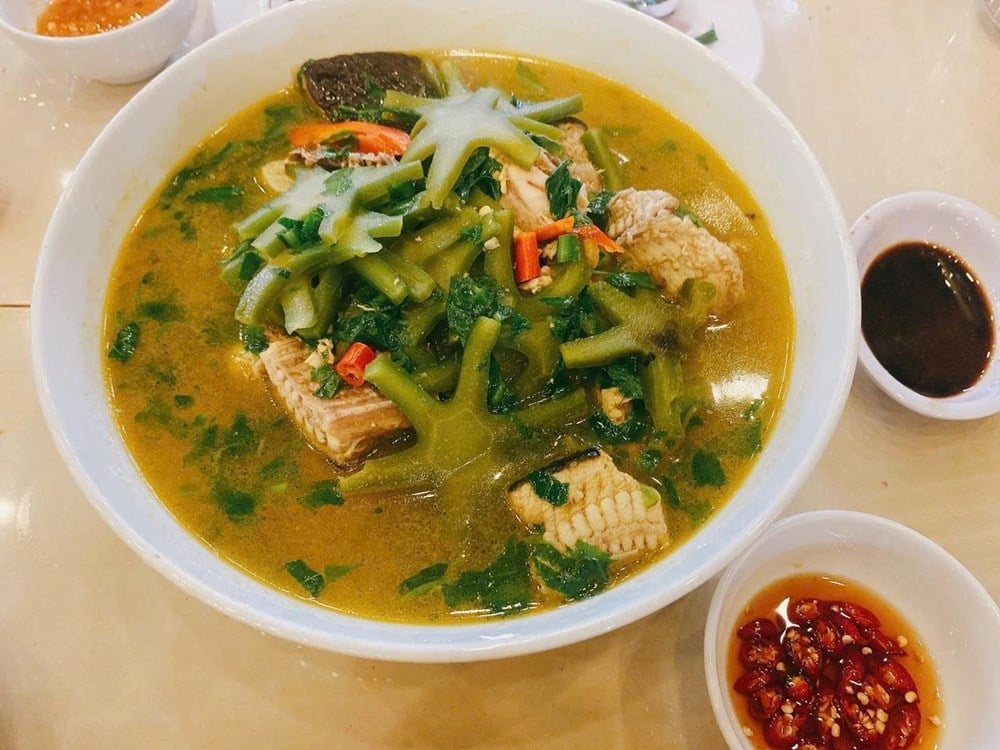
When the soup boils, just sprinkle some green onions, coriander, a little pepper, a little spicy chili... then diners can enjoy it right away. It can be said that without the need for fancy ingredients or sophisticated spices, stingray cactus soup creates the culinary features of Quang Binh from the simplicity, modesty, and gentleness of the people here.
Enjoying stingray cactus soup right on Nhat Le beach, Ms. Nguyen Thi Thu Hien, a tourist from Hanoi, expressed: “I never thought stingray cactus would become a dish, and be so delicious. This dish has a unique, strange and very attractive flavor.”
Not only soup, cactus is also processed by people in the sandy area into many other dishes such as cactus salad, cactus salad, cactus jam, stir-fried cactus with fat or cactus tea. Each dish is a way to express the creativity of the people of the coastal village of Quang Binh in the culinary culture, where nature has bestowed many beautiful landscapes and delicious products.
According to Ms. Hien, when coming to Nhat Le beach, people not only enjoy immersing themselves in the cool water but also enjoy a bowl of stingray cactus soup, to feel the taste of the sea, the scent of the land and the love of the people here.
It is not just a dish, but also a story about the resilient spirit, determination and love of the people of the coastal village of Quang Binh.
Source: https://baovanhoa.vn/du-lich/den-bien-nhat-le-thuong-thuc-canh-xuong-rong-ca-duoi-145162.html






![[Photo] Prime Minister Pham Minh Chinh receives President of Cuba's Latin American News Agency](/_next/image?url=https%3A%2F%2Fvphoto.vietnam.vn%2Fthumb%2F1200x675%2Fvietnam%2Fresource%2FIMAGE%2F2025%2F12%2F01%2F1764569497815_dsc-2890-jpg.webp&w=3840&q=75)

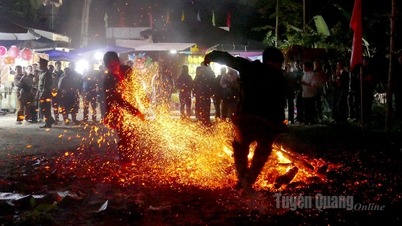










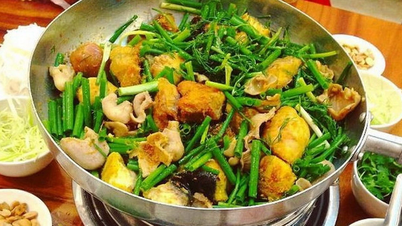


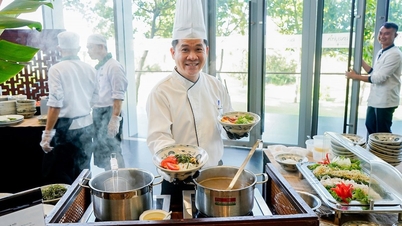
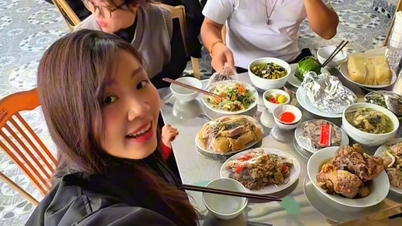

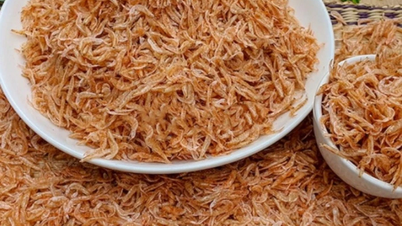














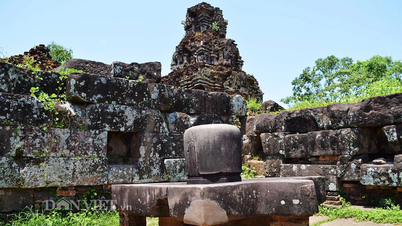



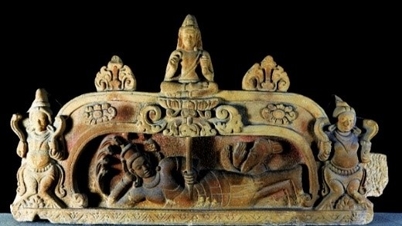
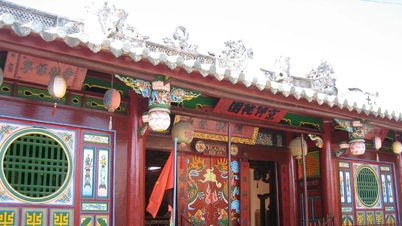


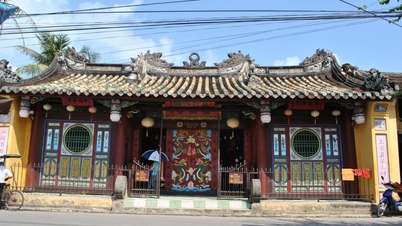


































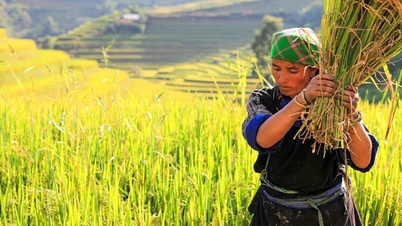

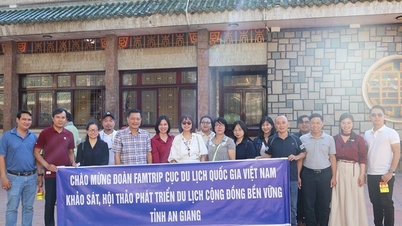









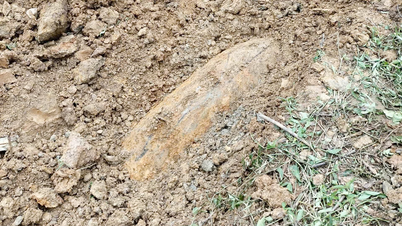













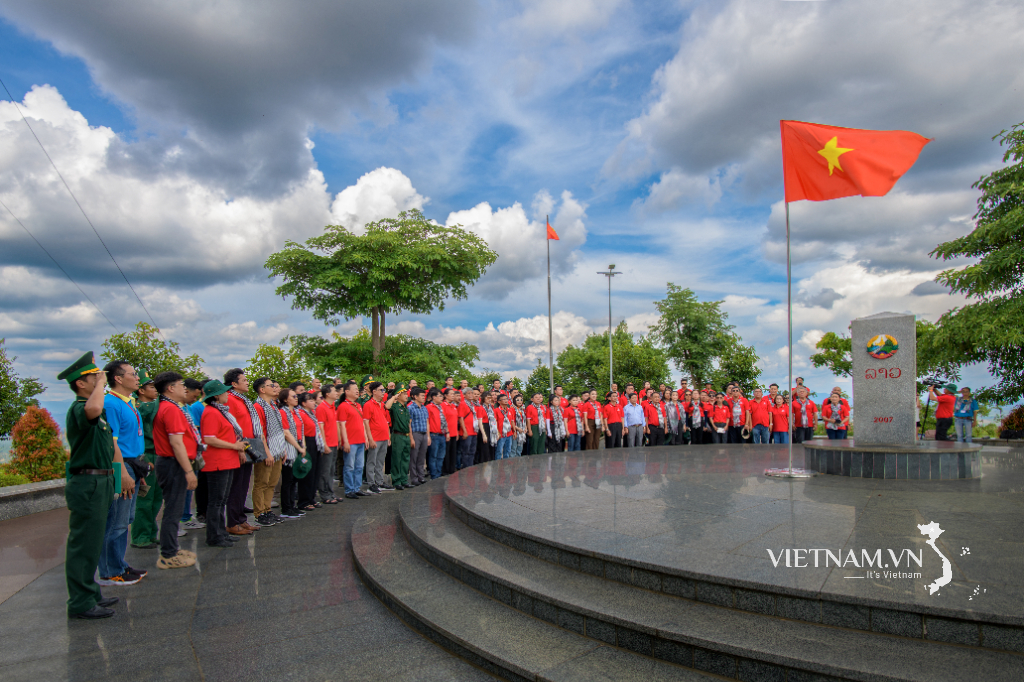

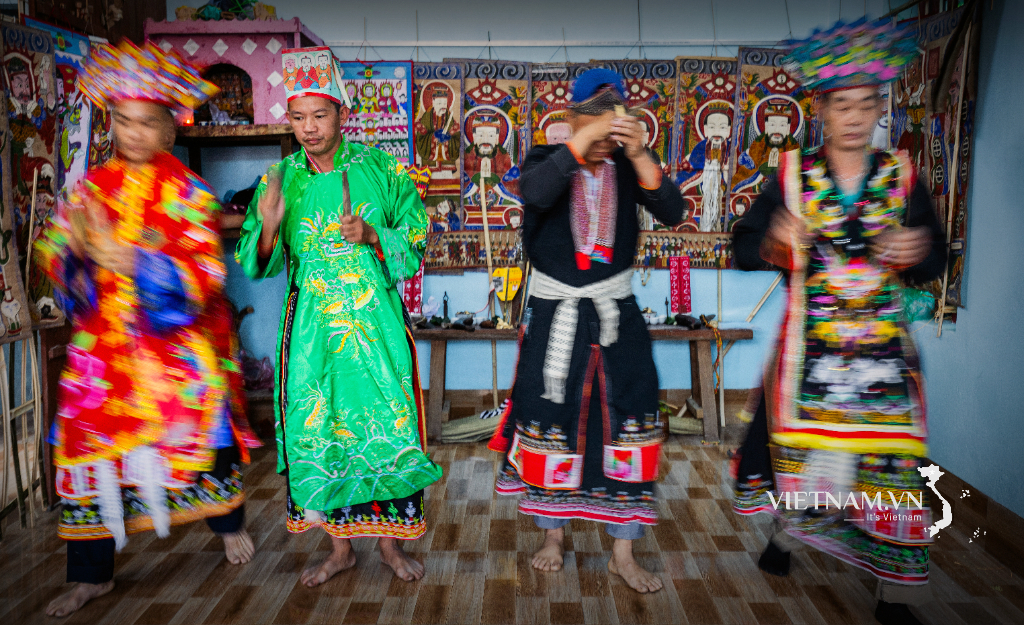

Comment (0)